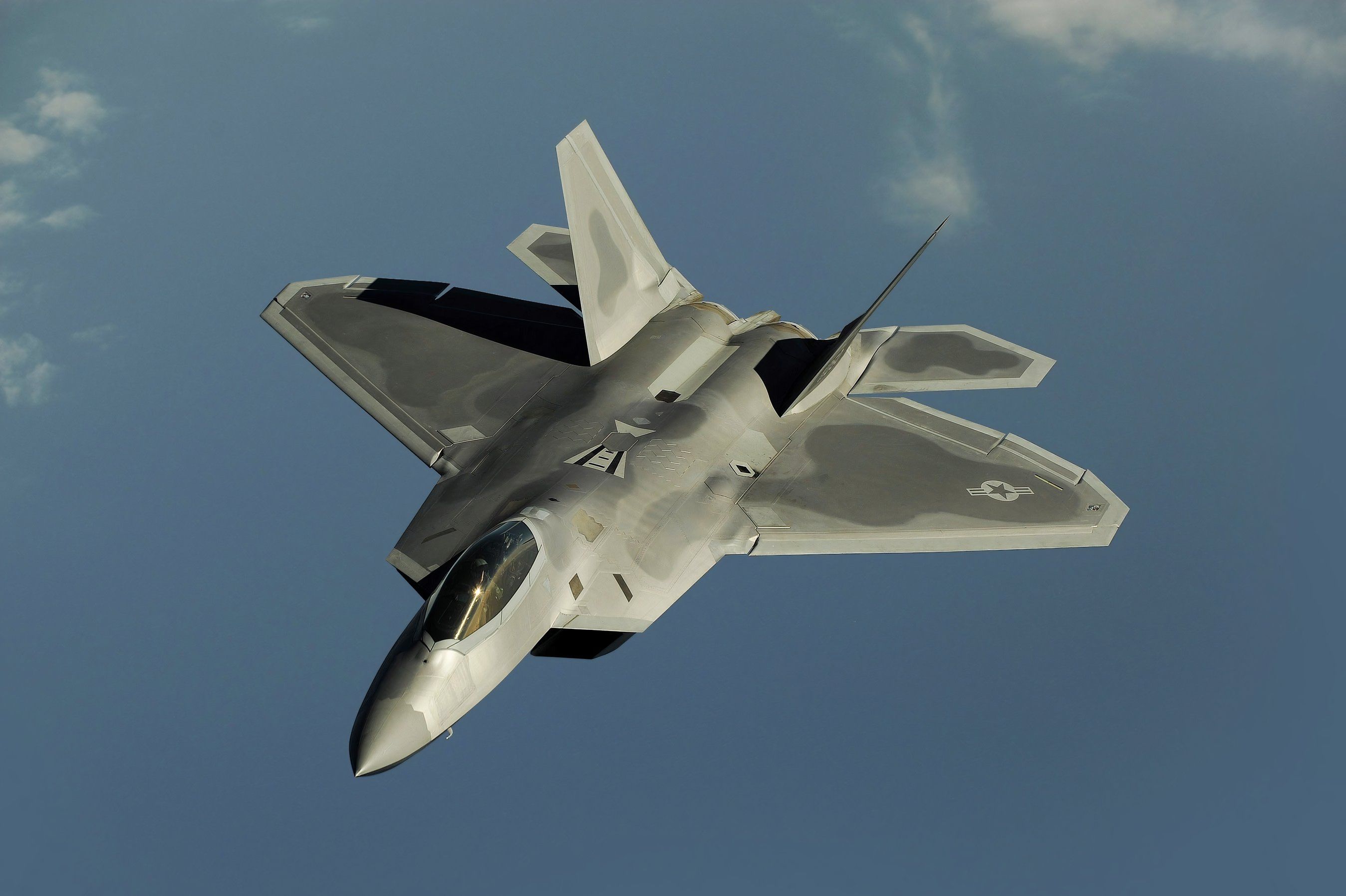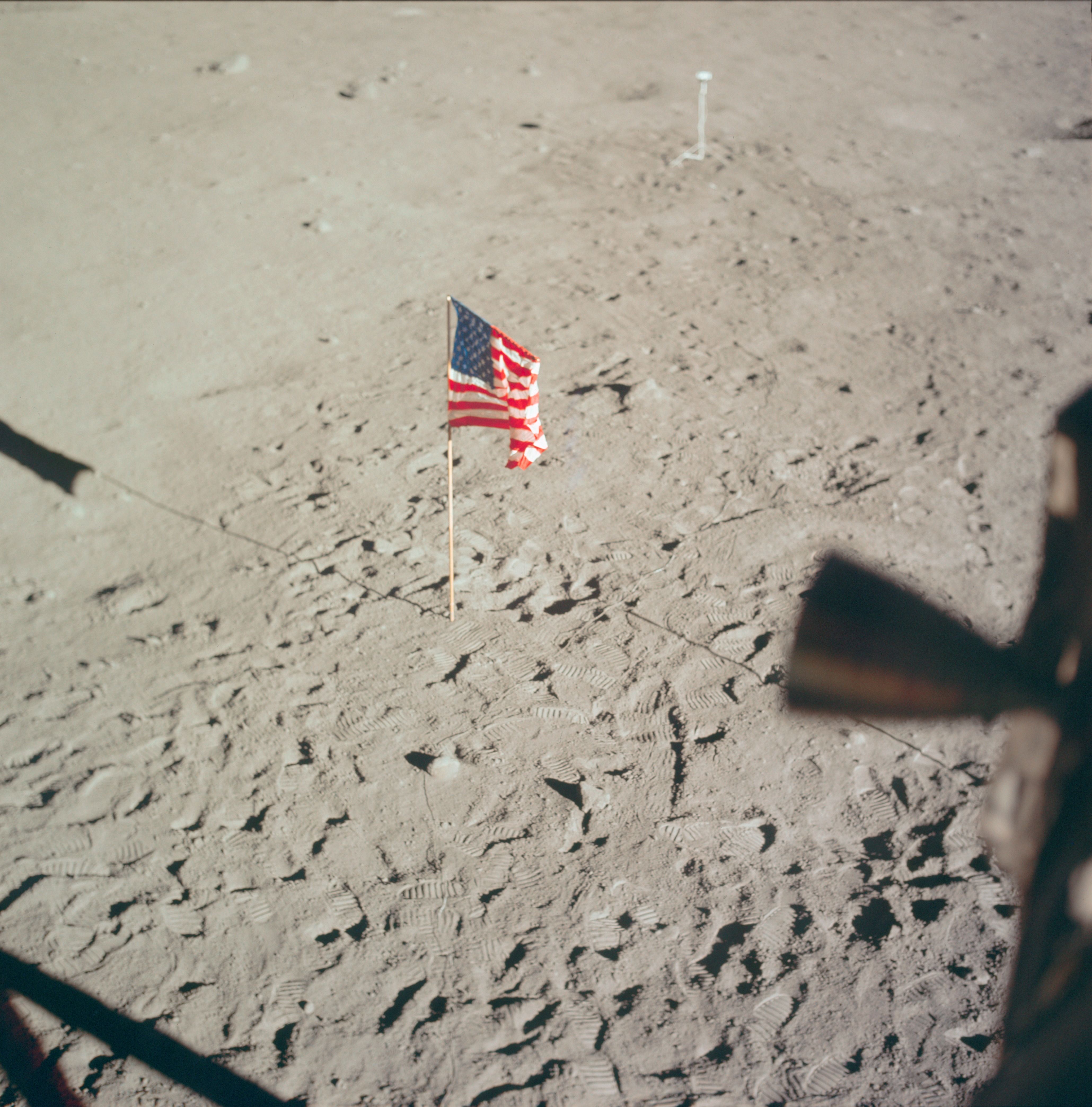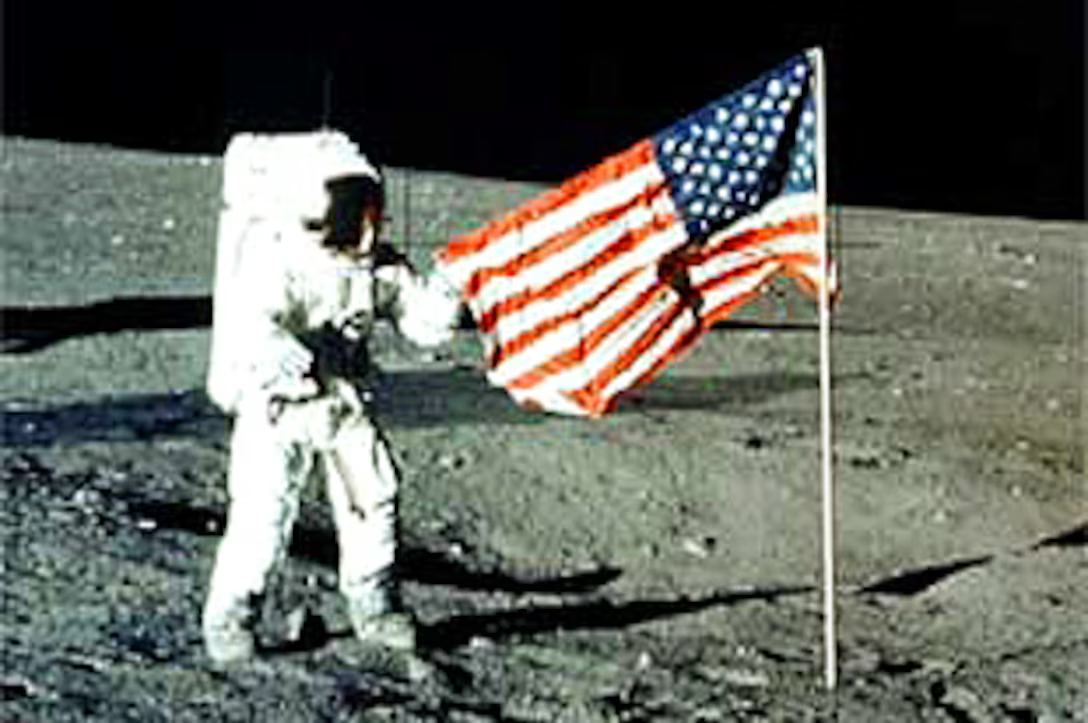On July 21st, 1969, American astronaut Neil Armstrong changed the world when he and Lunar Module Pilot Buzz Aldrin landed on the moon’s surface, marking the first time that Earth’s largest and most important satellite was touched by mankind. Armstrong, at exactly 2:56 AM, stepped out of the lunar module Eagle and began to explore the surface of this unique place.
Nineteen minutes later, Armstrong was joined by his colleague Buzz Aldrin, who helped him over the next two hours explore the region known as Tranquility Base, a process that allowed the pair to collect over 47.5 pounds of lunar samples to bring back to eager scientists awaiting the material at the National Aeronautics and Space Administration (NASA)
. To accommodate this large amount of additional weight, Armstrong and Aldrin had to leave quite a lot behind on the moon’s surface.
After 21 hours and 36 minutes on the face of the moon, the pair rejoined pilot Michael Collins onboard the Columbia Command Module in the moon’s orbit before returning to Earth safely. While on the surface of the moon, the pair explored the region extensively, capitalizing on the area’s lower gravity to explore larger areas more easily.

An image that the world will never forget
As a result, many items were left behind, including supplies, tools, and human waste products, but none of these are as iconic as the most important thing left behind on the moon’s surface.
Before departure, Neil Armstrong and Buzz Aldrin raised the American flag on the moon, an image that demonstrated American engineering prowess in the dynamic Space Race against the Soviet Union, in which both superpowers fought to be the first to put a man on the moon.
Photo: NASA
As one of the most iconic images of the Space Race (and the entire Cold War by extension), the first American flag that was placed on the moon has a fascinating backstory and remains on the lunar surface today. Let’s take a deeper look at what has happened to this legendary American flag since it was raised back in 1969 by the most important astronauts in history.
An American icon with a surprisingly basic story
You might believe that the American flag placed on the moon comes as a result of extensive testing and analysis from scientists at NASA’s most prestigious labs. You would not seem incorrect if you believed that the flag placed on the moon was made of some special material meant to withstand the difficulties of the moon’s harsh climate. But this assumption would be rather far from the truth.
Photo: NASA
Before the launch of Apollo 11, the mission’s commander, Armstrong, purchased a simple nylon flag locally, one which would eventually become one of the most famous ever to fly, according to Space. This flag was purchased for the simple price of $5.50, which inflation-adjusted comes out to just around $40 today.
The lack of effort put into the design of this flag was by design, as many senior officials in the United States government questioned the intelligence of so brazenly putting an American symbol on the moon.
However, the decision was eventually made to go forward with raising the flag as the American people were determined to need to see the flag raised on the moon’s surface to serve as a strong reminder that the United States, with no assistance from any foreign power, was able to achieve this feat.
In a discussion with Smithsonian earlier this year, Teasel Muir-Harmony, the curator of the Apollo Collection at the National Air and Space Museum, had the following words to share regarding the debate:
“Until shortly before the mission, it was undecided. But with the pressure of Congress, it was decided to raise a flag on the moon.”
A unique solution was designed for the problems associated with flying a flag on the moon
There was one challenge that the design team at NASA would have to overcome for the American flag to be raised on the moon. As the moon’s environment has no atmosphere, there is no wind, making it difficult for a flag to “fly” as is typical on Earth. There would be no wind to push the flag off of a flagpole and become visible.
But the engineers at NASA devised a solution, one which would involve attaching a metal rod to the pole which would allow the flag to hang suspended from the side of the flagpole. Once on the moon, Armstrong and Aldrin took this contraption and planted it on the moon’s surface, where they were only able to push the pole down a couple of inches without damaging it.
So what’s going on with these flags now?
The flags from the Apollo missions have been placed in one of the harshest environments imaginable, and as a result, are not likely to resemble American flags today.
It is widely agreed that the prolonged exposure to sunlight encountered by these flags has resulted in them losing their color. Here are the years for all the Apollo landings which resulted in flags being placed on the moon:
|
Apollo mission: |
Year: |
Lunar landing location: |
|---|---|---|
|
Apollo 11 |
1969 |
Sea of Tranquility |
|
Apollo 12 |
1969 |
Ocean of Storms |
|
Apollo 14 |
1971 |
Fra Mauro Formation |
|
Apollo 15 |
1971 |
Hadley Apennine |
|
Apollo 16 |
1972 |
Plain of Descartes |
|
Apollo 17 |
1972 |
Taurus-Littrow |
Photo: Department of Defense
The original flag placed by Neil Armstrong and Buzz Aldrin is believed to be the only one of the many Apollo flags that are not still standing today, as it was knocked over by the blast of the departing lunar module.
Some have also hypothesized that the flag’s contact with the lunar surface resulted in the nylon in the banner rotting before those that are still standing. In one form or another, however, the lunar flags are most certainly still there.



